Extraordinary everyday: James Ireland’s sculptures at Zabludowicz Collection
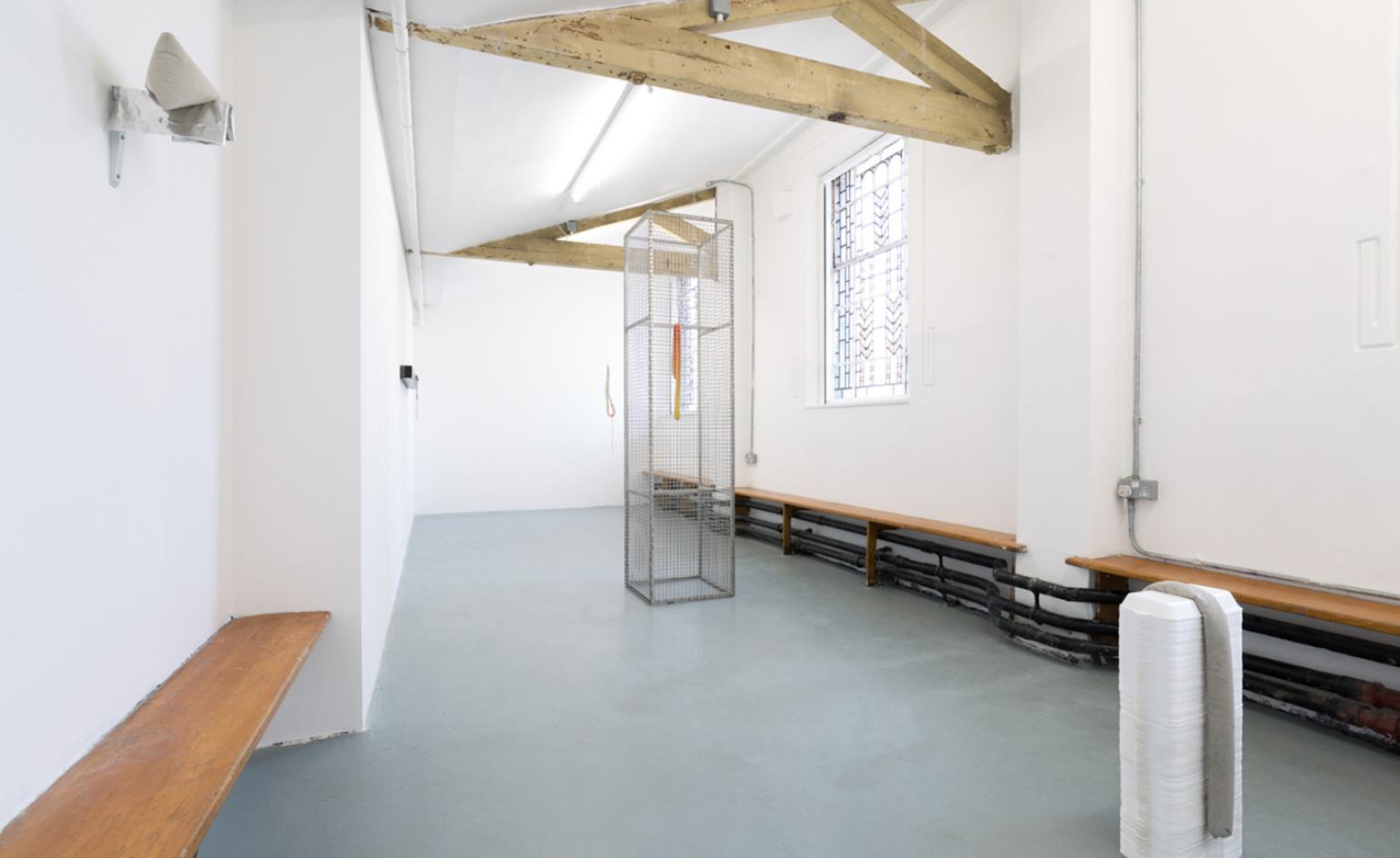
When artist James Ireland walks around a city, he clearly sees things differently to the average urbanite; but he also understands how appreciation for the unglamorous functional items that make up the daily landscape takes a certain sensibility. ’I think most artists would like their work to be looked at slowly and poignantly for hours on end, but in reality know that most people squeeze past on the way to the bar,’ he says. ’But more seriously, I hope the works are not too quick to be looked at. Of course, it could be "there’s a shoe lace and some concrete". But I hope the question of why these things have been put together is raised.’
At a new presentation of his work – titled ’Flow//Flow’, curated by Paul Luckraft, and part of the Zabludowicz Collection’s ’Invites’ series – Ireland uses ubiquitous everyday items, a mainstay in the language of his sculptural installations: burger cartons, shoelaces, cable ties, breeze blocks, plastic bags and fluorescent tubing are all utilised. ’They are so prosaic, there is no need to innovate their design, or do anything interesting with them. They are sort of clichés, but also strangely pure things too.’ Ireland is drawn to items that don’t belong to a specific culture or single place but that are not neutral either. They’re items churned out by the mass production machine of advanced capitalism and they connote a lifestyle that could be aligned with a certain kind of thinking.
’They are part of a repertoire of objects that I have been referring to as generic – items that come from industrialisation and are found all across the planet,’ explains Ireland. ’I guess at their root they are "Western", but are found in all cultures. There are also little nods to the navigation of spaces and landscapes in items such as running shoe laces and bike tyres. Thirdly, they possess a sculptural fascination – the weave of the cable and the lace, the repetition and the cast and foamed form of the carton, the elegant line of the tyre.... There is all this stuff going on in these items whose individual value is not much above zero. So, there are a lot of thoughts in there about value and manufacture that I am co-opting.’
Ireland is as much interested in the physical properties of these things. His studio practice is, he says, something like a science experiment, where he tests and stretches the limits of his materials. ’There is a lot of moving and arranging of items,’ he says of the process that goes on behind closed doors. ’Sometimes it is obvious what I should do with an item, sometimes they just sit around waiting to be used (or binned!).’
How preoccupied is he with the wider issues raised by a mass produced landscape? ’Very,’ Ireland asserts. ’But my work is not a reaction against it – no such thing is possible. I’m interested in making work from the world of the mass produced; I’m a mass produced individual. In fact, I think the idea of the "individual" comes from a mass produced logic. I think this situation drives the call for an escape, an untainted space. I’m trying to make work out of that.’
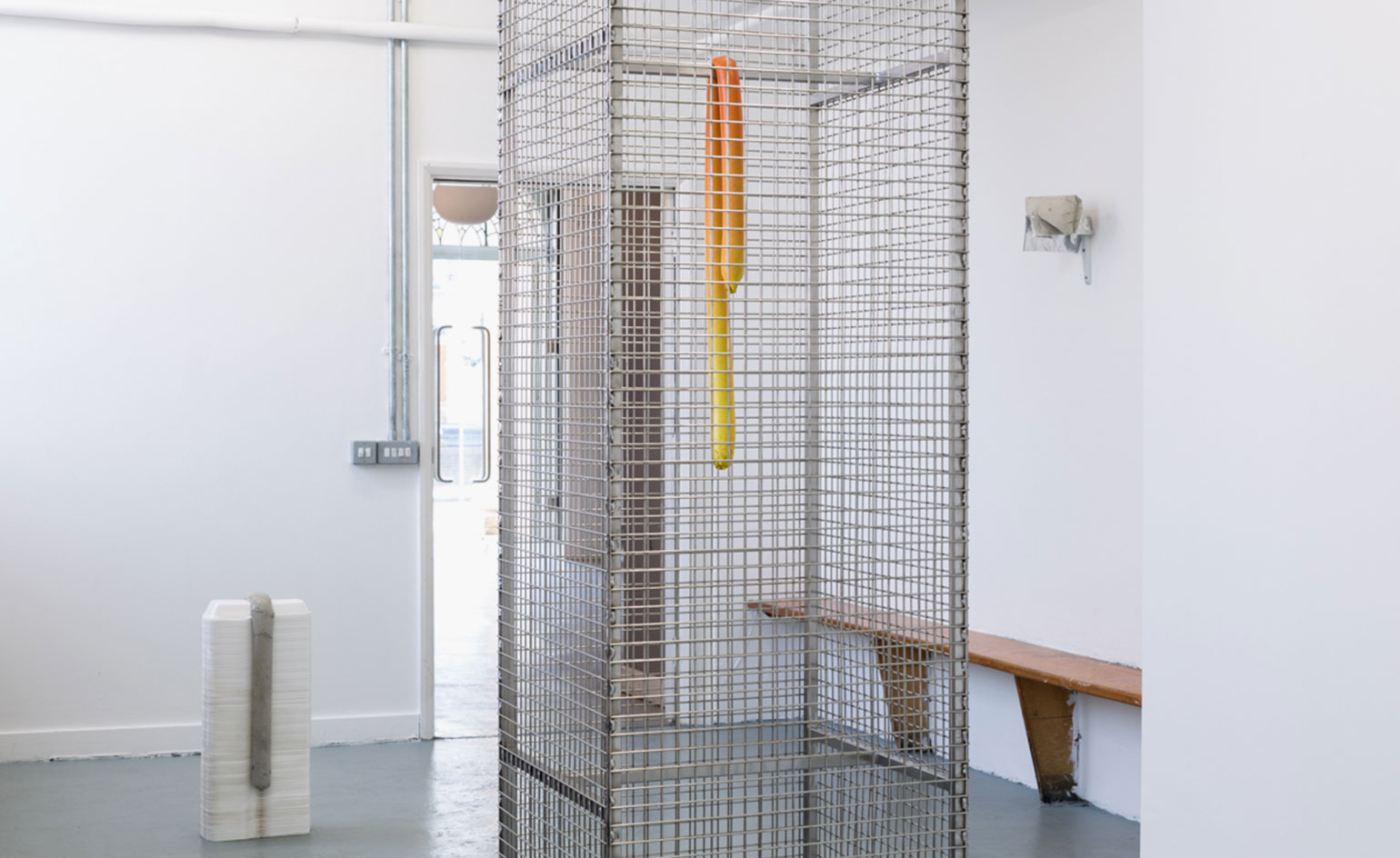
In his sculptures, Ireland uses ubiquitous everyday items, a mainstay in the language of his sculptural installations: burger cartons, shoelaces, cable ties, breeze blocks, plastic bags and fluorescent tubing are all utilised
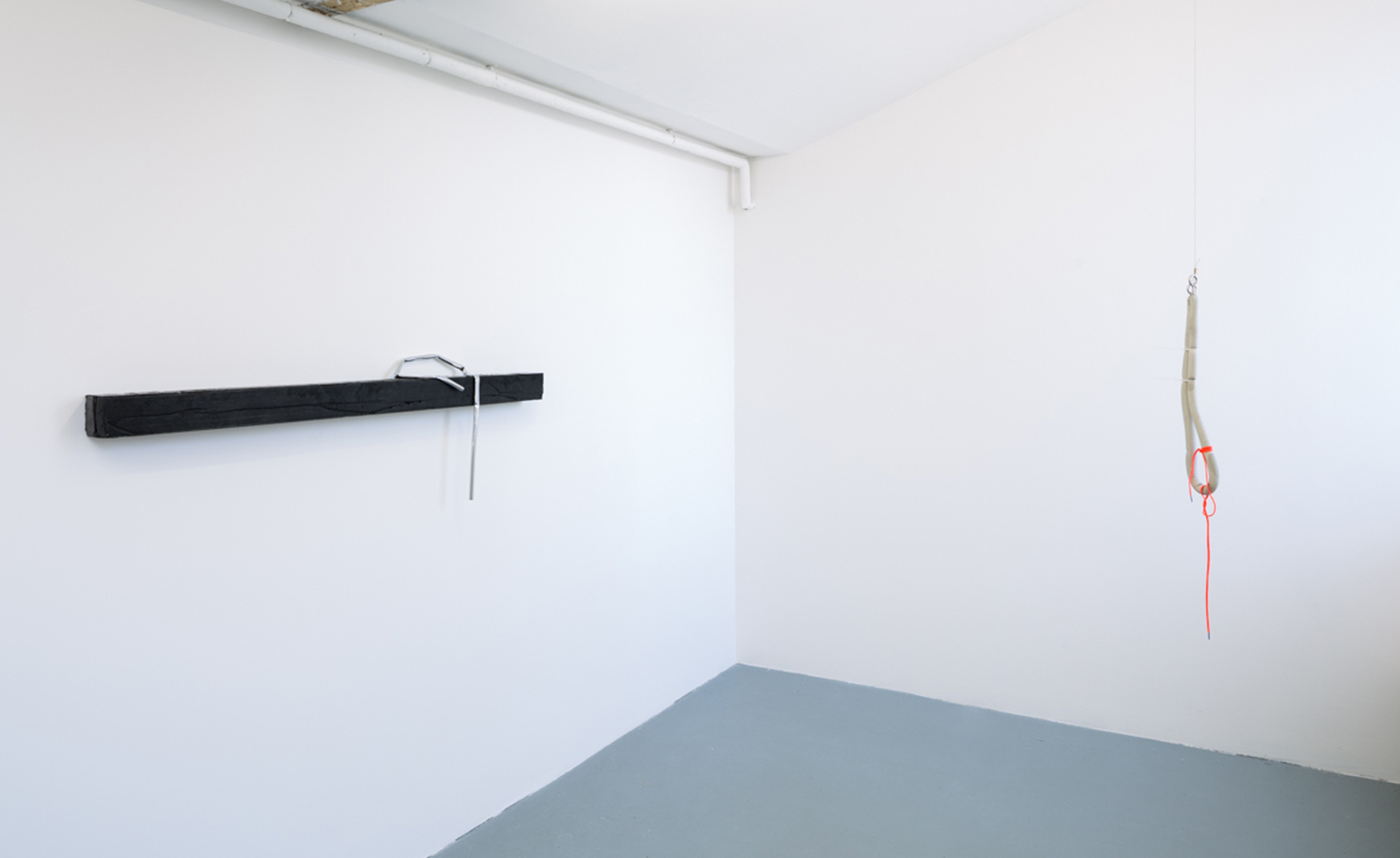
Ireland’s studio practice is, he says, something like a science experiment, where he tests and stretches the limits of his materials
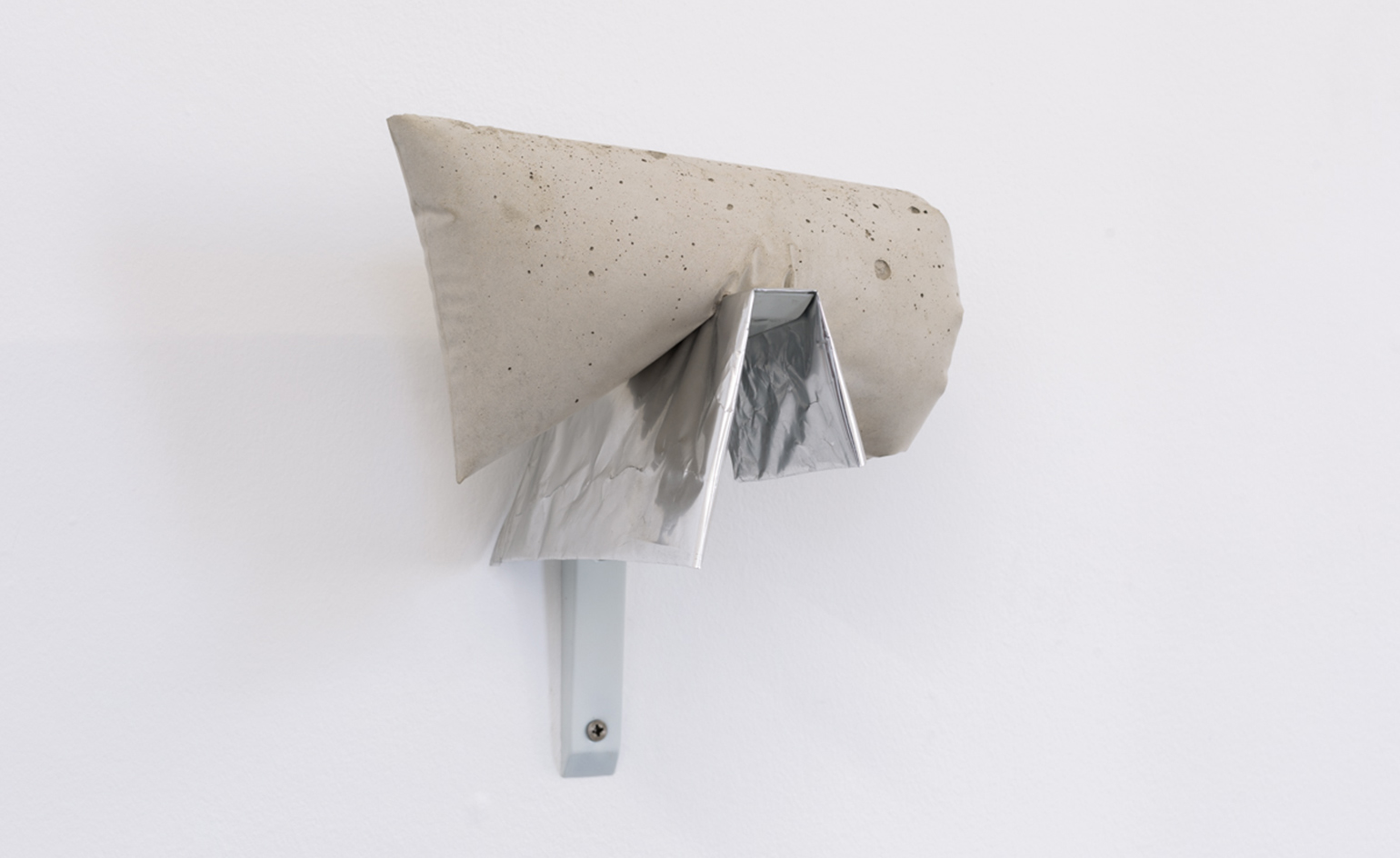
Ireland explains, ’I’m interested in making work from the world of the mass produced; I’m a mass produced individual. In fact, I think the idea of the "individual" comes from a mass produced logic. I think this situation drives the call for an escape, an untainted space. I’m trying to make work out of that’
INFORMATION
’Zabludowicz Collection Invites: James Ireland’ is on view until 12 June. For more information, visit the Zabludowicz Collection’s website
Receive our daily digest of inspiration, escapism and design stories from around the world direct to your inbox.
Courtesy the artist and Zabludowicz Collection
ADDRESS
Zabludowicz Collection
176 Prince of Wales Road
London, NW5 3PT
Charlotte Jansen is a journalist and the author of two books on photography, Girl on Girl (2017) and Photography Now (2021). She is commissioning editor at Elephant magazine and has written on contemporary art and culture for The Guardian, the Financial Times, ELLE, the British Journal of Photography, Frieze and Artsy. Jansen is also presenter of Dior Talks podcast series, The Female Gaze.
-
 Kohler unveils ‘Pearlized,’ an iridescent new finish with an under-the-sea backstory
Kohler unveils ‘Pearlized,’ an iridescent new finish with an under-the-sea backstoryArtist David Franklin was inspired by glimmering fish scales and sunsets for this mesmerising debut
-
 The Met reveals its 2026 Costume Institute show along with another major milestone
The Met reveals its 2026 Costume Institute show along with another major milestoneThe First Monday in May just became a much bigger deal...
-
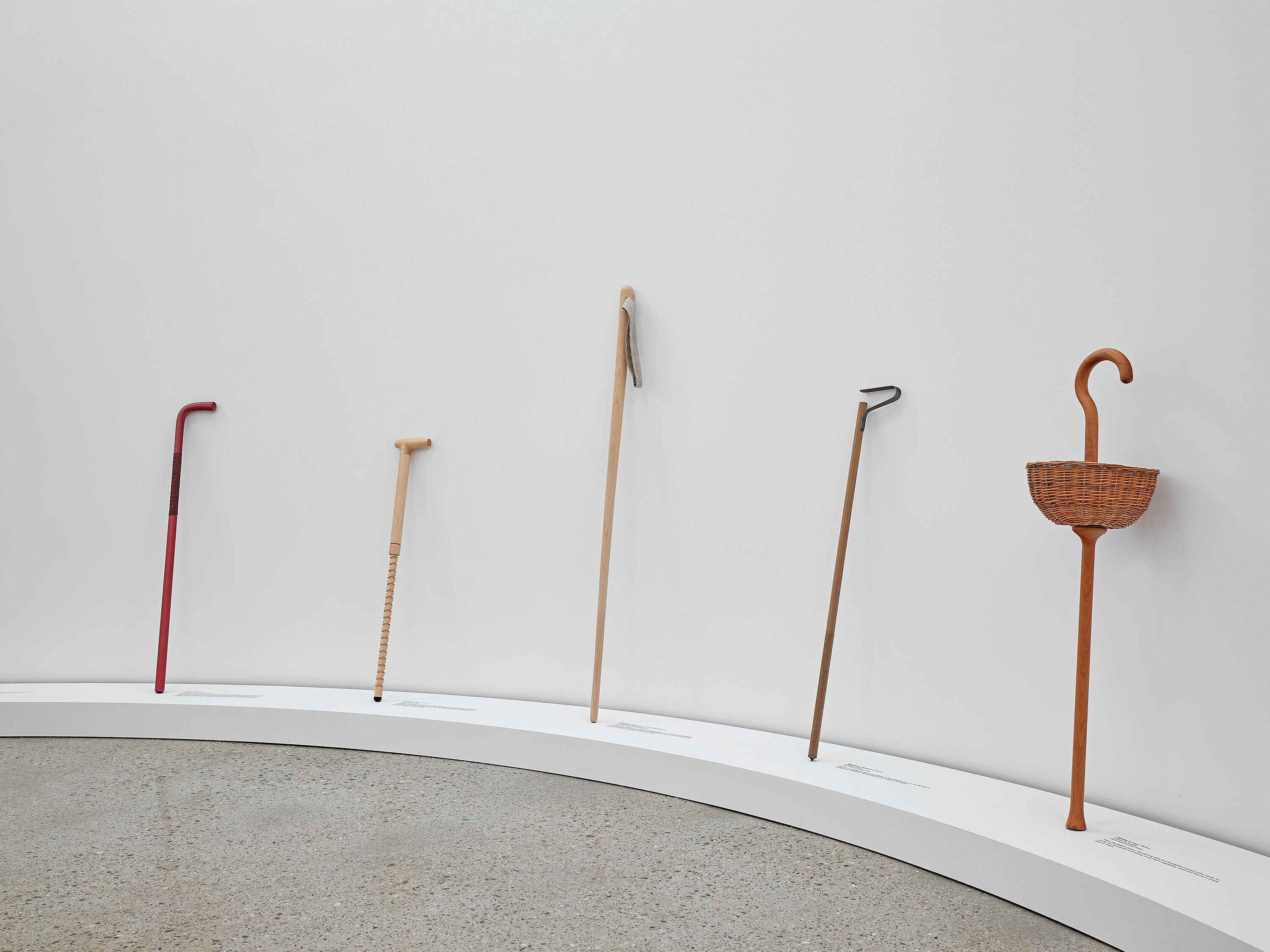 MillerKnoll's renovated flagship in New York opens doors to design experiences
MillerKnoll's renovated flagship in New York opens doors to design experiencesThe new MillerKnoll New York gallery space makes its debut with Keiji Takeuchi’s ‘Walking Sticks & Canes’ exhibition, supported by Triennale Milano
-
 Rolf Sachs’ largest exhibition to date, ‘Be-rühren’, is a playful study of touch
Rolf Sachs’ largest exhibition to date, ‘Be-rühren’, is a playful study of touchA collection of over 150 of Rolf Sachs’ works speaks to his preoccupation with transforming everyday objects to create art that is sensory – both emotionally and physically
-
 Architect Erin Besler is reframing the American tradition of barn raising
Architect Erin Besler is reframing the American tradition of barn raisingAt Art Omi sculpture and architecture park, NY, Besler turns barn raising into an inclusive project that challenges conventional notions of architecture
-
 What is recycling good for, asks Mika Rottenberg at Hauser & Wirth Menorca
What is recycling good for, asks Mika Rottenberg at Hauser & Wirth MenorcaUS-based artist Mika Rottenberg rethinks the possibilities of rubbish in a colourful exhibition, spanning films, drawings and eerily anthropomorphic lamps
-
 San Francisco’s controversial monument, the Vaillancourt Fountain, could be facing demolition
San Francisco’s controversial monument, the Vaillancourt Fountain, could be facing demolitionThe brutalist fountain is conspicuously absent from renders showing a redeveloped Embarcadero Plaza and people are unhappy about it, including the structure’s 95-year-old designer
-
 See the fruits of Niki de Saint Phalle and Jean Tinguely's creative and romantic union at Hauser & Wirth Somerset
See the fruits of Niki de Saint Phalle and Jean Tinguely's creative and romantic union at Hauser & Wirth SomersetAn intimate exhibition at Hauser & Wirth Somerset explores three decades of a creative partnership
-
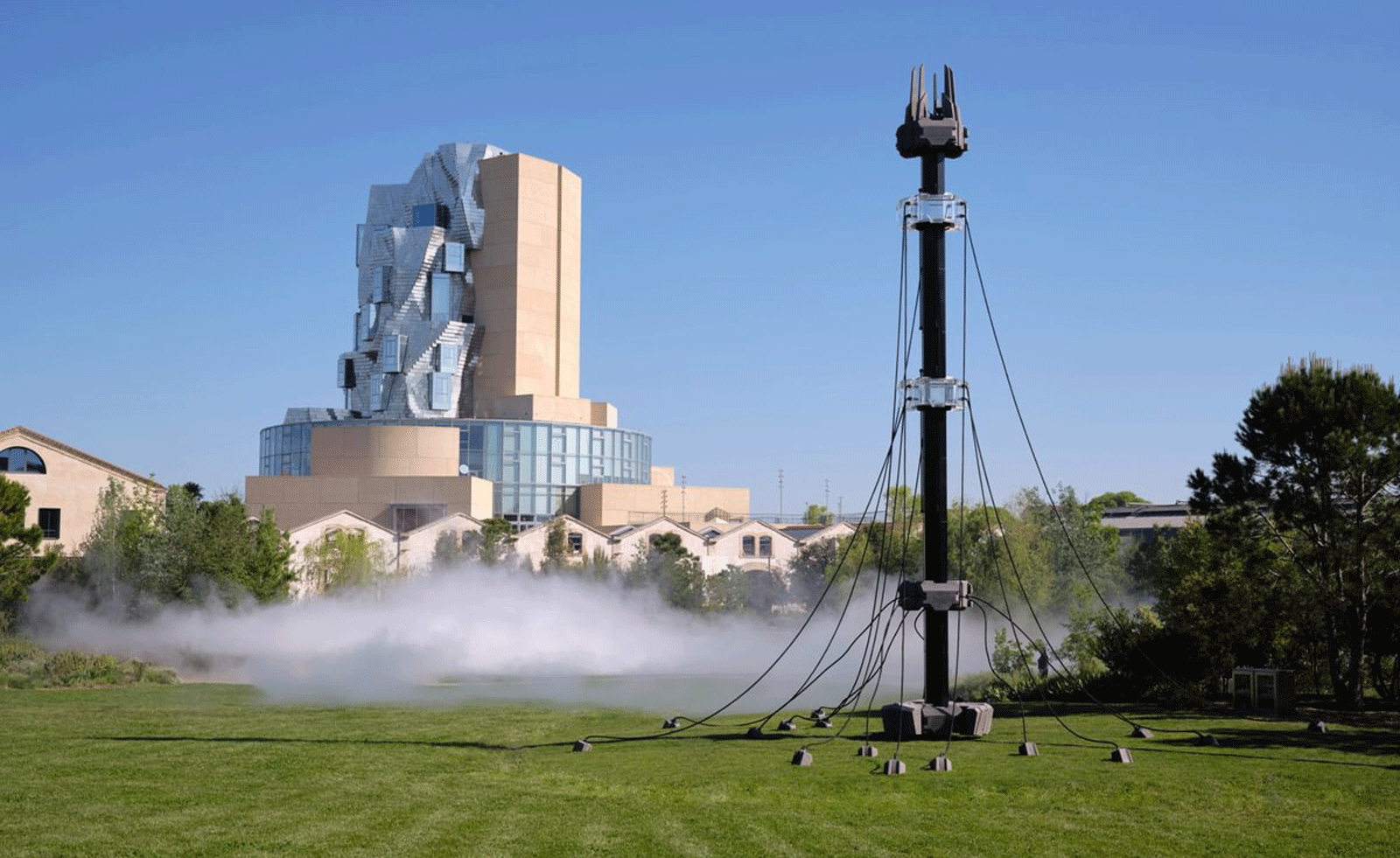 Technology, art and sculptures of fog: LUMA Arles kicks off the 2025/26 season
Technology, art and sculptures of fog: LUMA Arles kicks off the 2025/26 seasonThree different exhibitions at LUMA Arles, in France, delve into history in a celebration of all mediums; Amy Serafin went to explore
-
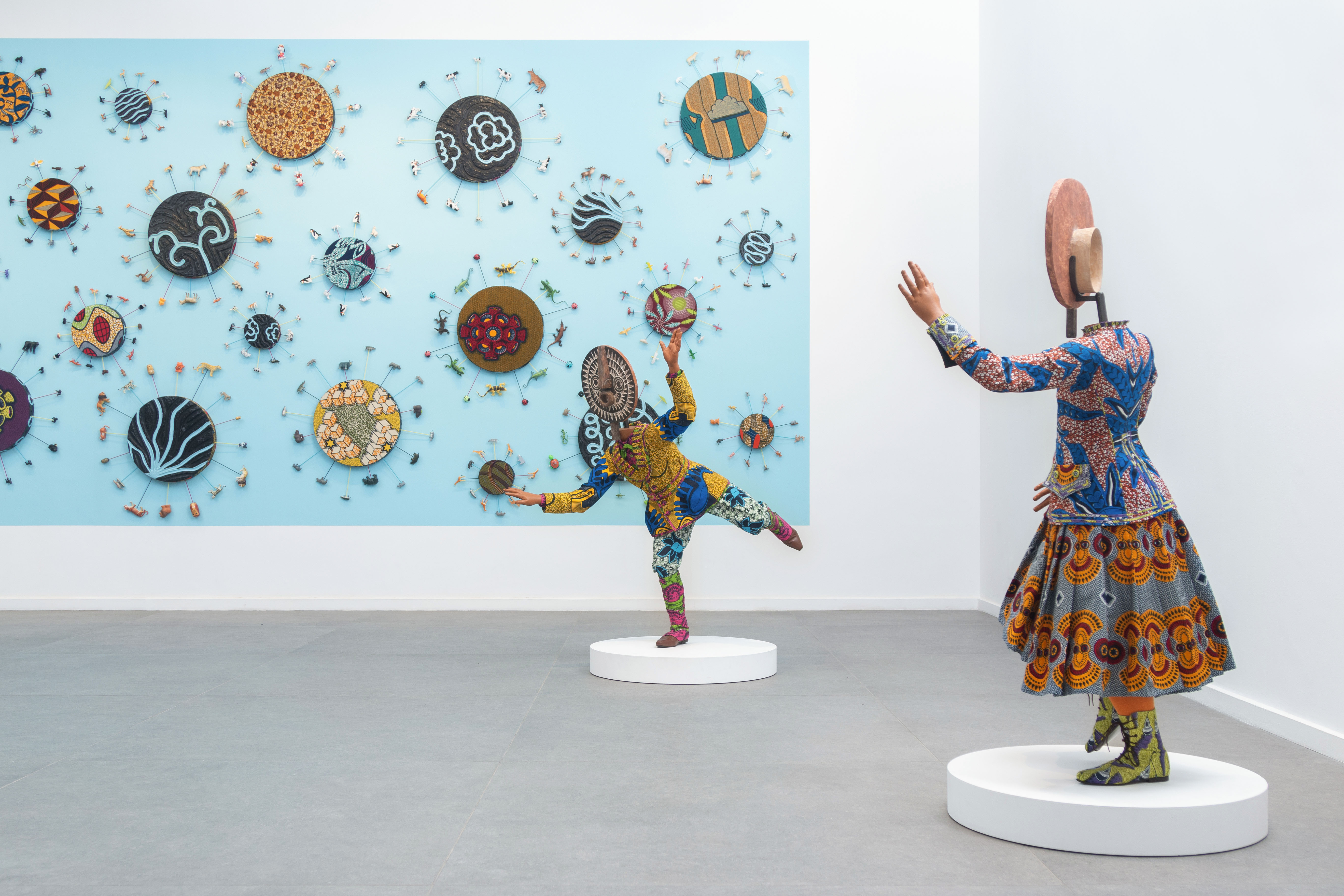 Inside Yinka Shonibare's first major show in Africa
Inside Yinka Shonibare's first major show in AfricaBritish-Nigerian artist Yinka Shonibare is showing 15 years of work, from quilts to sculptures, at Fondation H in Madagascar
-
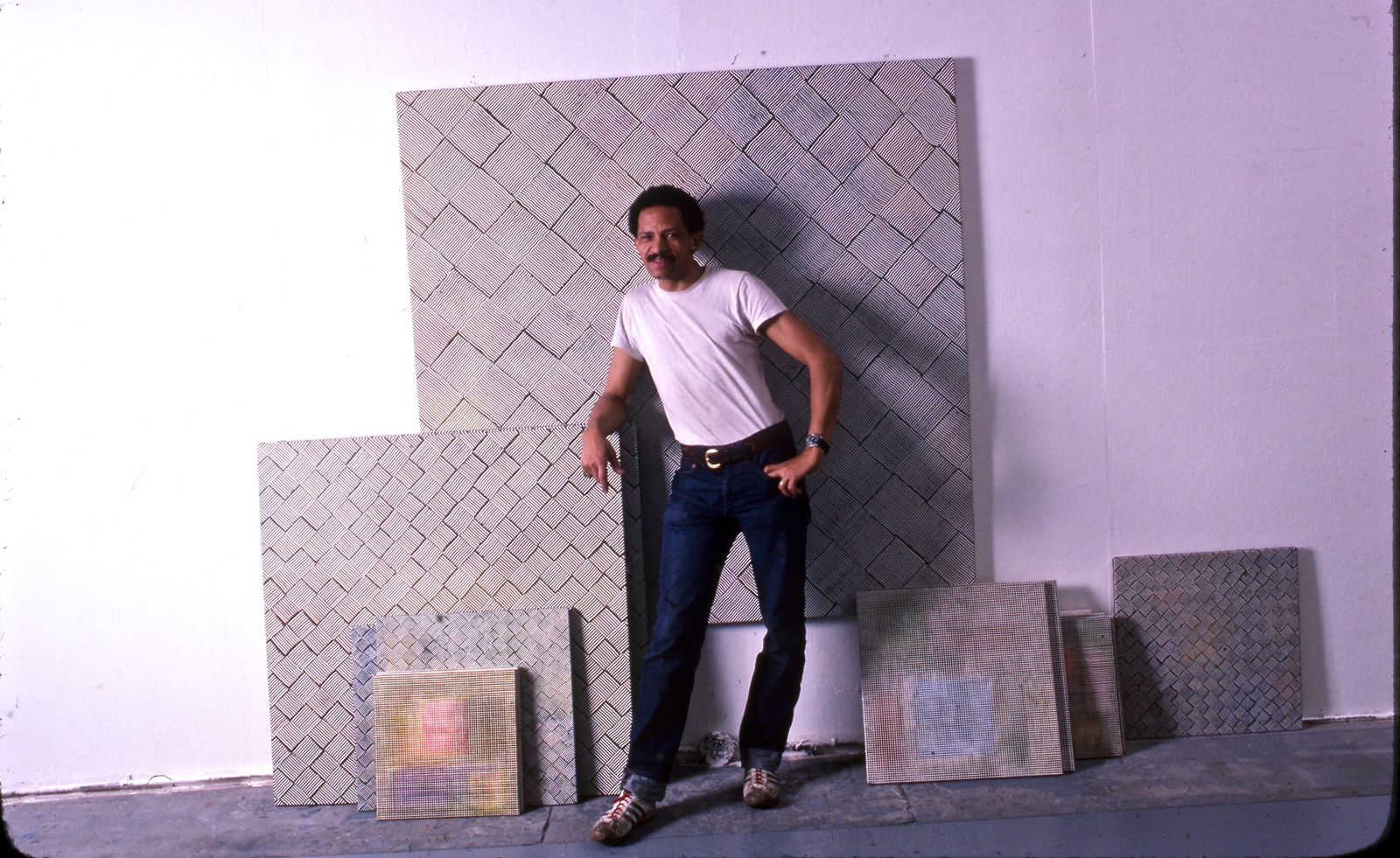 Inside Jack Whitten’s contribution to American contemporary art
Inside Jack Whitten’s contribution to American contemporary artAs Jack Whitten exhibition ‘Speedchaser’ opens at Hauser & Wirth, London, and before a major retrospective at MoMA opens next year, we explore the American artist's impact